When all a patient has at death’s door is one last hope, she steps in
Melissa Chew's job as a medical social worker includes reuniting families, even at the eleventh hour, and tracking down a dead person’s next of kin so no one departs alone.

Her job entails bringing comfort to both the living and the dead.

This audio is generated by an AI tool.
SINGAPORE: She had 48 hours before the patient was going to die.
That was all the time Melissa Chew had to convince the man’s family to see him on his deathbed. She had to tell them the story they never knew, which he told her — about why he had abandoned them.
His eldest child was 10 years old, and the youngest, only three, when a fortune-teller told him “his presence in the house would bring bad luck to the family”. So he left, and they were left with questions and anger.
But “throughout the years”, even when his children were grown-ups, he had been “secretly watching them” and taking photos of them.
“They’d done well in life, but they also had struggles,” said Chew, who had traced the family and wanted to show them the photos before he died of cancer.
Nobody should die alone — that is what the principal medical social worker at Tan Tock Seng Hospital, and her counterparts, “feel very strongly about”, she explained.
“The other thing is unfinished business. If family relationships break down because of past issues, sometimes it’s also the patient’s yearning to … make amends (and) leave on a good note.”
Whether it is about reconciling a family or tracing the next of kin, even after a patient’s death, the 39-year-old sees it as a “very important” part of her job.
That role in the end-of-life process means she is sometimes the last hope for the dying and the dead in ageing Singapore.

ONE LAST VISIT
The trend towards seniors here living alone is something she notices in her job.
Some of them have a domestic helper or live with a distant relative. Some are also estranged from their family, but no case so strange to her as the one she described above.
At first, the cancer patient did not want his family to know his side of the story. All that Chew could do was update his eldest child — the only one willing to be contacted — about his condition.
But she persisted for three weeks, until the man relented with a couple of days to live. “And I shared the story. So the eldest son broke down in front of me. It was very, very difficult,” she recounted.
(He) told me he had 10 years of his life of very good memories of the father.”
She was there when he visited the hospital and told his father he “couldn’t understand why he had believed the fortune-teller and left them”.
“But the father said to him, ‘You’re doing very well now — it’s because I left.’”
Though the son could not convince his siblings nor his mother to make one last visit, they did attend the man’s funeral wake.
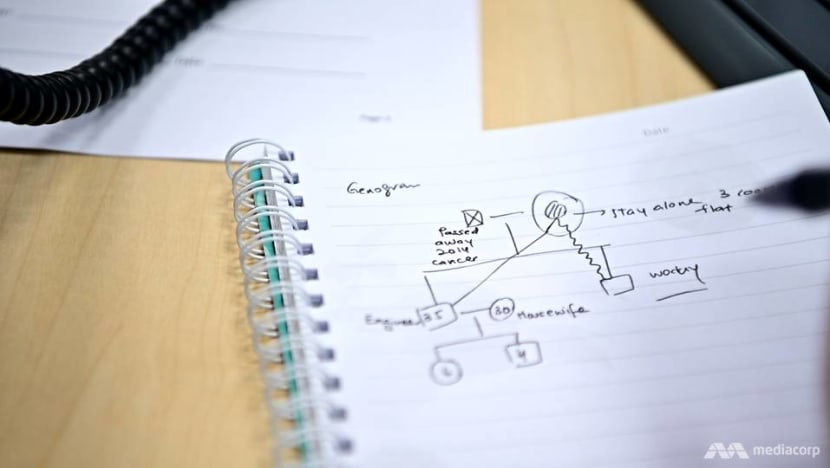
There are families, however, who want nothing to do with a dying or dead patient, despite a medical social worker’s efforts.
“There’s no trick to it — it’s not that we didn’t try hard enough. Sometimes the past problems are so bad that there’s no way (the relationship) can recover,” said Chew, citing domestic violence and extramarital affairs as tough cases.
She and her colleagues encounter “lots of emotions” when they face fractured families.
“But after a few hours of calming down and reflecting, the family (may) call back and say, ‘I’m sorry. I shouldn’t have slammed the door (in your face), but I haven’t seen him for a very long time,’” she said.
The “breakthroughs” come when she sees families reconcile. But even if a family steps forward only after the patient has died, that is a “triumphant” moment in her job.
“It’s very ironic because we’re dealing with death,” she admitted. “But it’s the sense that, ‘hey, the person isn’t going on this last journey on his own’ — that (during) the cremation process, the last rites, the family’s there.
“It’s the sense that I couldn’t save his life — I can’t undo that — but at least I can make the last journey respectable and dignified.”
WATCH: She tracks down long-lost families of the dead (4:52)
CONTACT TRACING
While it is one thing when patients can tell her about their relatives, it is another when they cannot and had come in without any identification. And some of them die suddenly.
That is when medical social workers like her must play sleuth to track down the next of kin — like the time an elderly man had a heart attack on his way to buy dinner.
There was only a key pouch on him, but that was enough to provide “preliminary information”: A telephone number written on a pocket calendar. The number belonged to a friend he had met just days earlier.
“So the friend had to help us but vaguely gave us certain information,” recounted Chew.
With a couple of housing blocks given as the man’s possible address, and uncertainty as to which storey, she went to the nearby neighbourhood police post “to see whether anyone had lodged a missing person report”.
“That’s where we met the family,” she said. “We were there at the same time.”
The contact tracing took a few hours in this case, but it usually involves “many days of hard work”, going to the site where the patient was picked up and again getting doors slammed in her face.
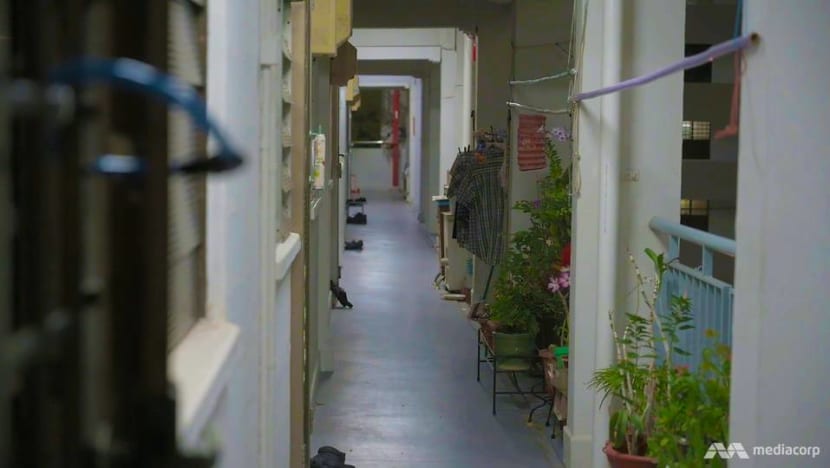
For instance, a patient may not have changed the address on his identity card. “When you knock and say, ‘Do you know so and so’, and people know you’re from a hospital, … sometimes they don’t react very well,” she cited.
Sometimes if we get called in the middle of the night, … they’re very upset, because they don’t know the person.”
The longest she has taken to track down a deceased person’s next of kin was a week.
The patient, who was living alone, had a brother, and all she knew about him was the coffee shop he went to, as gleaned from an 80-year-old friend of the patient.
But the brother was overseas at the time, so she had to wait until the patient’s friend saw him again.
“He didn’t even know the patient was back in Singapore. Because they had some disagreement, the patient had left for overseas. The family … kept thinking that he was away,” she recalled.
“Unfortunately, the patient had already been cremated then.”
She stressed that it was vital for medical social workers to swing into action when contact tracing is needed.
“There’s a difference between seeing your loved one just passed away and there’s still some warmth, compared to a person being in the mortuary for one or two days,” she said.
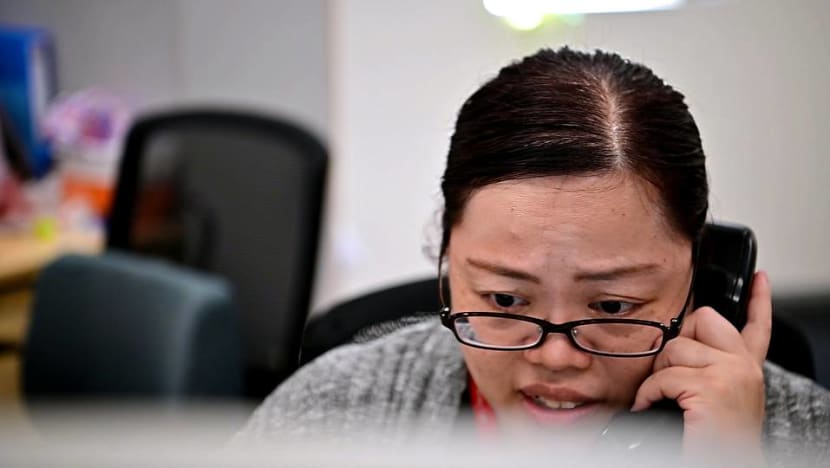
TENDING TO THE LIVING
Chew had always wanted a fast-paced job, and it has now been 16 years for her as a medical social worker.
Over the years, contact tracing has become “a little bit easier because our patients are quite well known to a lot of services nowadays”, such as senior activity centres, family service centres and other agencies.
Death and bereavement cases, however, make up on only 20 per cent of her work. Her other kinds of case management include providing financial assistance for patients.
But families may also need financial assistance when a patient dies, especially if he or she was the sole breadwinner. They could need grief counselling too.
So medical social workers are there when doctors inform relatives of a death, especially sudden deaths.
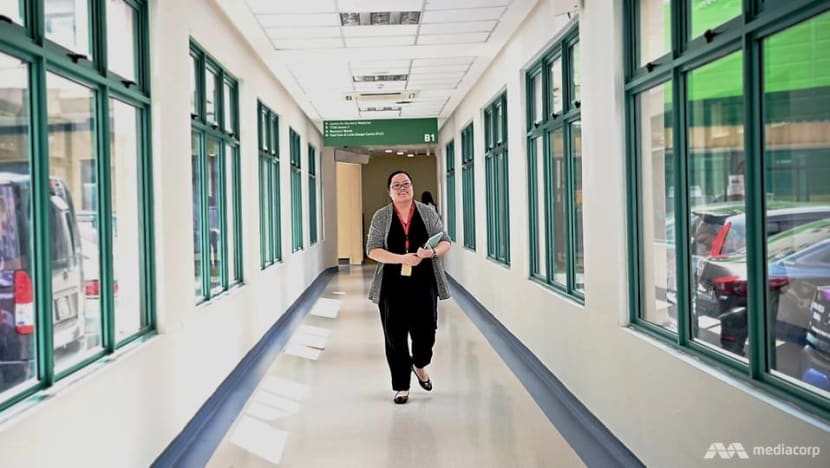
The most traumatic case Chew saw was about three years ago when a 16-year-old boy — her youngest patient up until then — had collapsed outdoors and died in the A & E after resuscitation efforts failed. He was the only child.
“It was very difficult for the mother. She was just breaking down,” she recalled. “(She was) even saying that … (she didn’t) want to live any more.”
In such cases, TTSH’s medical social workers are prepared to accompany the family home. But the team managed to identify “strong pillars” — relatives who could “stabilise the family”.
“In a case whereby there’s very good family support, you basically only need to … guide and teach the family members what they need to look out for, what they need to say (and) what they need to do,” Chew explained.
Close collaboration with the mortuary staff is also needed, to prevent any hiccups for a grieving family.
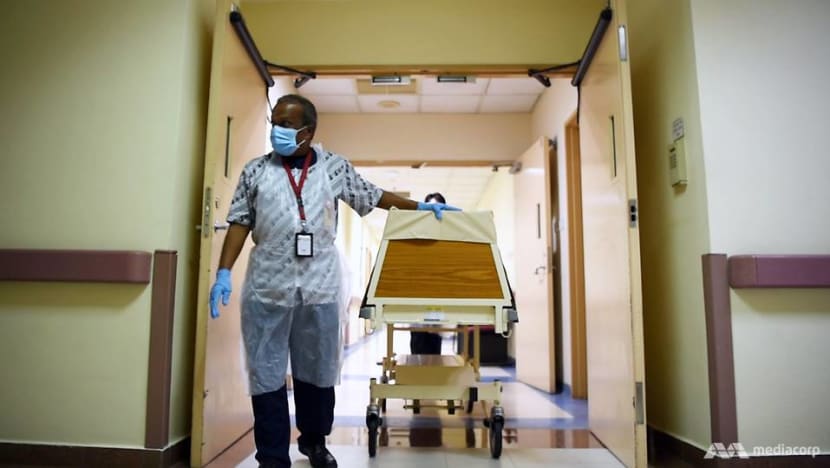
“Every single thing we do, every single thing we say, matters because they’d always remember that process,” she added. “What social workers can do is to ensure that the entire process is smooth.”
These professionals can also do follow ups after the funeral, “to make sure the family is okay”.
Chew kept in contact with the family who lost their teenager for three months. Her longest case, which involved “complicated grief” and psychiatric intervention, lasted a year.
The work she does to help all these families is “very meaningful” to her, and it also remains “very exciting”. She said: “Every single day, I've no idea what’s going to happen.”
That is what she reminds her team too. “I keep telling my social workers, ‘An accident, a split second, the family’s lives change forever,’” she shared.
“Life’s very precious. That’s why I make it a point to tell my father and mother I love them a lot — every single morning before I leave the house.”
Read about lessons in life and death inside the hospital mortuary, and the 80-year-old who cares for the lonely elderly poor, in life and death.




















